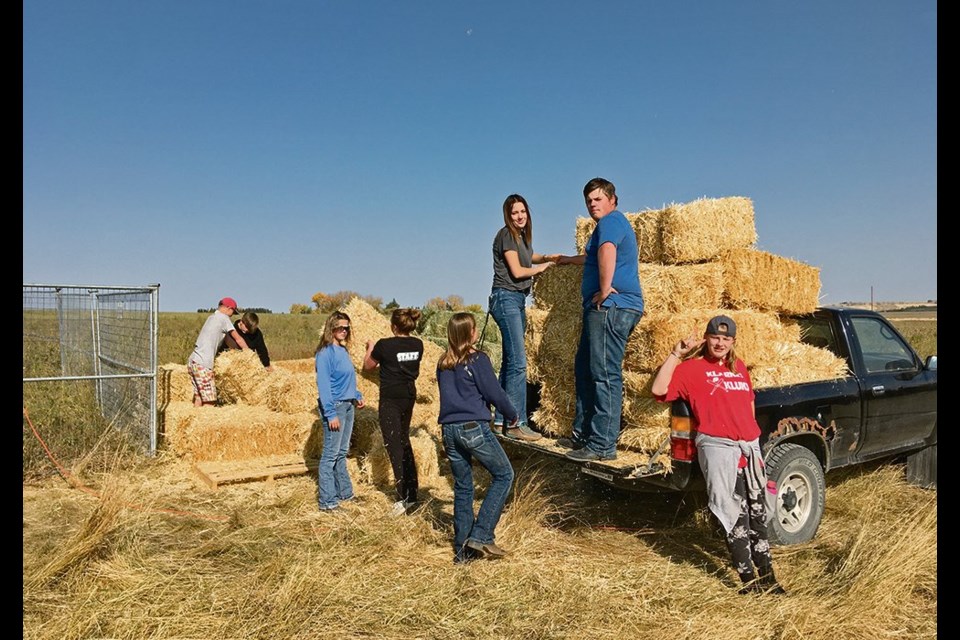Rocky View School Division has a different approach through a program called The Farm, now in its third year of operation.
“It came down to a local parent who just kind of said school is a little bit frustrating for her kid, and had the idea for a farm school,” said Mark Turner, one of The Farm’s teachers, in explaining its origin.
“The inspiration is giving a different lens for what school can look like from an educational perspective. That means a really flexible learning environment. It means that we have time to be able to kind of focus one on one with our students. We also have a topic that is really broad and that a lot of students can latch on to from an engagement standpoint.”
The Farm is a 15-acre plot outside Airdrie, Alta., where high school students learn core subjects such as math, history and science while also learning about agriculture. The latter study focuses on food and where it comes from.
Turner said the more students learn about food in the world, the more he realizes the importance of it himself.
“The more that I as a teacher am involved in this, more and more I just think food is the issue of the world, connected to absolutely everything,” he said.
Teachers at The Farm try to link food to most of their lessons, but Turner said they don’t force it if it doesn’t apply to certain subject matter.
In those cases, students work from the classroom but with smaller class sizes that allow more one-on-one work with the teacher.
For agriculture education, the school division website says students learn how to run their own small business in a variety of different agriculture sectors including oilseeds, pulses and cereal grains. They also do farm chores. The Farm has chickens, goats, alpacas, sheep and turkeys.
“When students say, ‘let’s bring an animal in,’ our first question is, ‘how does it contribute from a business standpoint? Does it produce food?’ And if it doesn’t produce food, then we kind of question it, and say, ‘well, what’s the purpose of it, how does that help us learn more about something?’ ”
Teachers also take the students on field trips to nearby grain farms and Olds College to round out their agricultural education. Ten to 15 percent of the students have an agricultural background and the rest are urban, so it’s beneficial for them to see crops, equipment and farm operations, said Turner.
He would like to see more students join The Farm program.
“Part of what I want kids to walk away (with) is, I think, just a little more kind of confidence in who they are and that they are capable,” he said.
“I love the idea of young people С����Ƶ willing to try and learn something new.… Learning doesn’t have to be in the classroom where we learn about some curriculum outcome. I like that students are willing to risk because once you take that risk, then you’re willing to dabble in everything that the world presents.”




